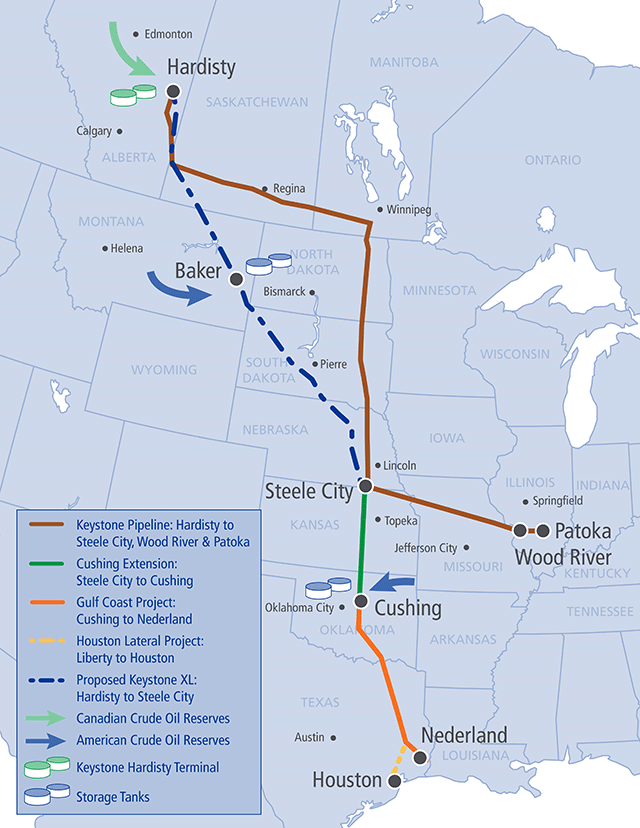Bipartisan legislation that focused on energy efficiency standards such as water heaters with smart meters, ways to reduce home utility bills, and cheaper heating and cooling systems for office buildings failed in the U.S. Senate earlier this month.
While the bill had broad support, the introduction of an amendment on the controversial Keystone XL pipeline poisoned the well.
Proposed by Rob Portman (R-Ohio), the Energy Savings and Industrial Competitiveness Act (ESIC) didn’t make it to a vote after the amendment was added to approve the Keystone pipeline extension ahead of the Obama Administration’s decision on whether to allow the pipeline to go forward.
As a result, Senate Majority Leader Harry Reid (D-Nev.) refused to allow a vote on a Keystone pre-approval amendment to the bill, and the amendment’s supporters retaliated by blocking a vote on the main bill.
Many Democrats and climate activists oppose the Keystone pipeline. Portman reportedly called the bill’s failure “yet another disappointing example of Washington’s dysfunction.”
Related Stories
| Aug 11, 2010
BIM school, green school: California's newest high-performance school
Nestled deep in the Napa Valley, the city of American Canyon is one of a number of new communities in Northern California that have experienced tremendous growth in the last five years. Located 42 miles northeast of San Francisco, American Canyon had a population of just over 9,000 in 2000; by 2008, that figure stood at 15,276, with 28% of the population under age 18.







